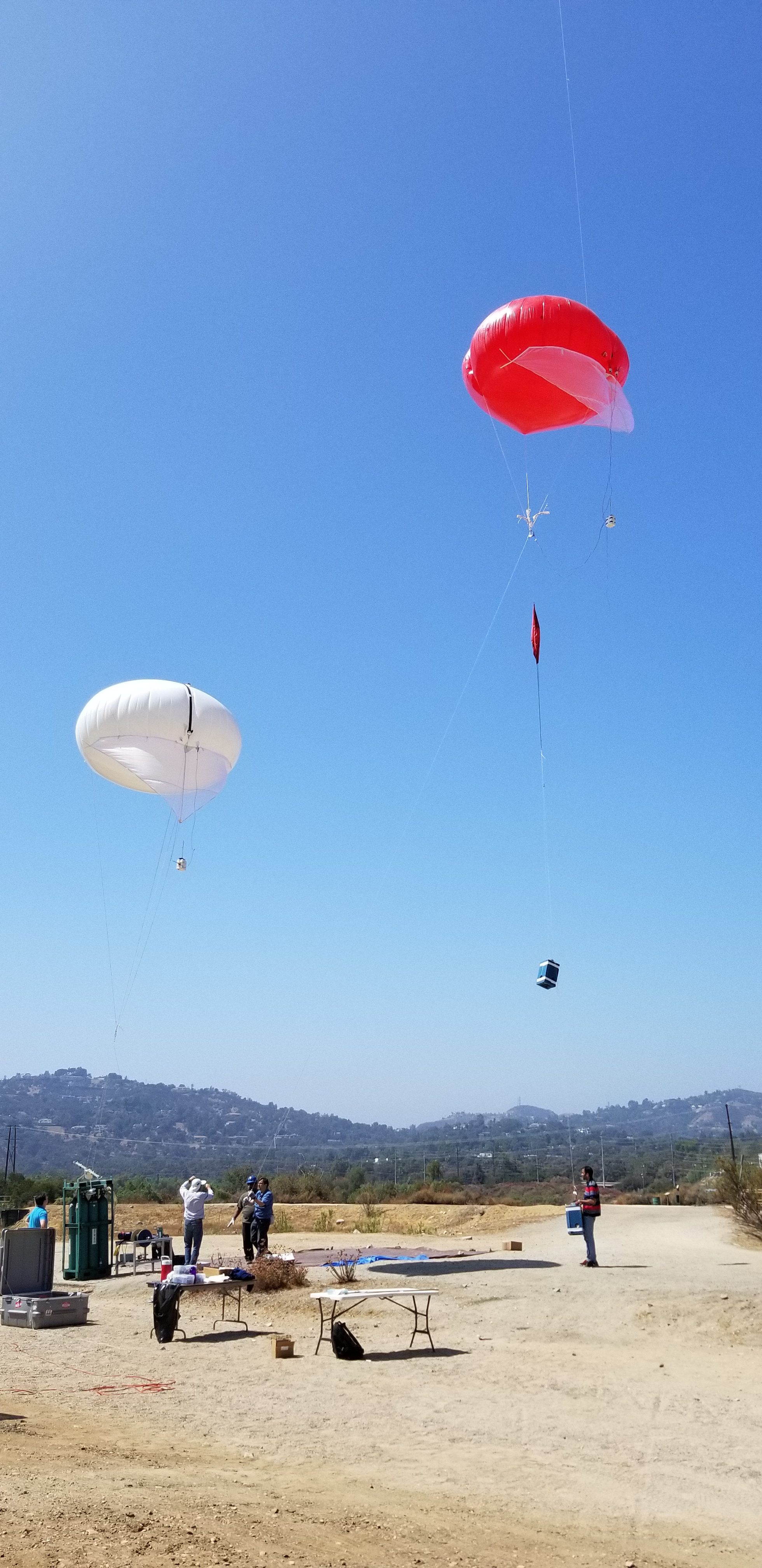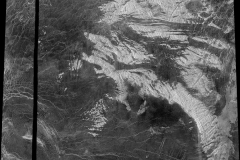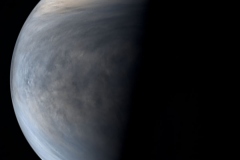E20 – Ballooning on Venus

Siddharth’s team practices deploying their balloons and sensors near JPL.
Credit: NASA/JPL-Caltech
Venus, Earth’s nearest planetary neighbor, is a rocky world close in size to our own. In our solar system, it is the planet most like Earth. But Earth and Venus have taken different developmental paths, creating curious contrasts for scientists interested in planetary evolution. Conditions on Venus are not friendly to exploration. The thick, reflective atmosphere that makes Venus the brightest planet in Earth’s sky also obscures its features. Under that warming blanket of clouds, visiting spacecraft found a hot, dry surface inimical to Earth life and electronics.
Siddharth Krishnamoorthy, a physicist and engineer at NASA’s Jet Propulsion Lab, is a part of a team seeking to learn more about the geology of our sister planet by listening for quakes…Venusquakes. To avoid the 460-degrees-Celsius (860 Fahrenheit) heat and 90 atmospheres of pressure at Venus’ surface, they plan to loft their sensors high in Venus’ atmosphere by mounting them on a modern version of eighteenth-century state-of-the-art flight technology: the balloon.
In this episode, he describes what we know about Venus and its mysteries, the benefits of ballooning for Venusian exploration, and how the weather at 60 kilometers (37 miles) above Venus’ surface is like a mild December night in Washington, DC—except for the sulfuric acid.
This episode was produced by Liza Lester and mixed by Adele Coleman.



